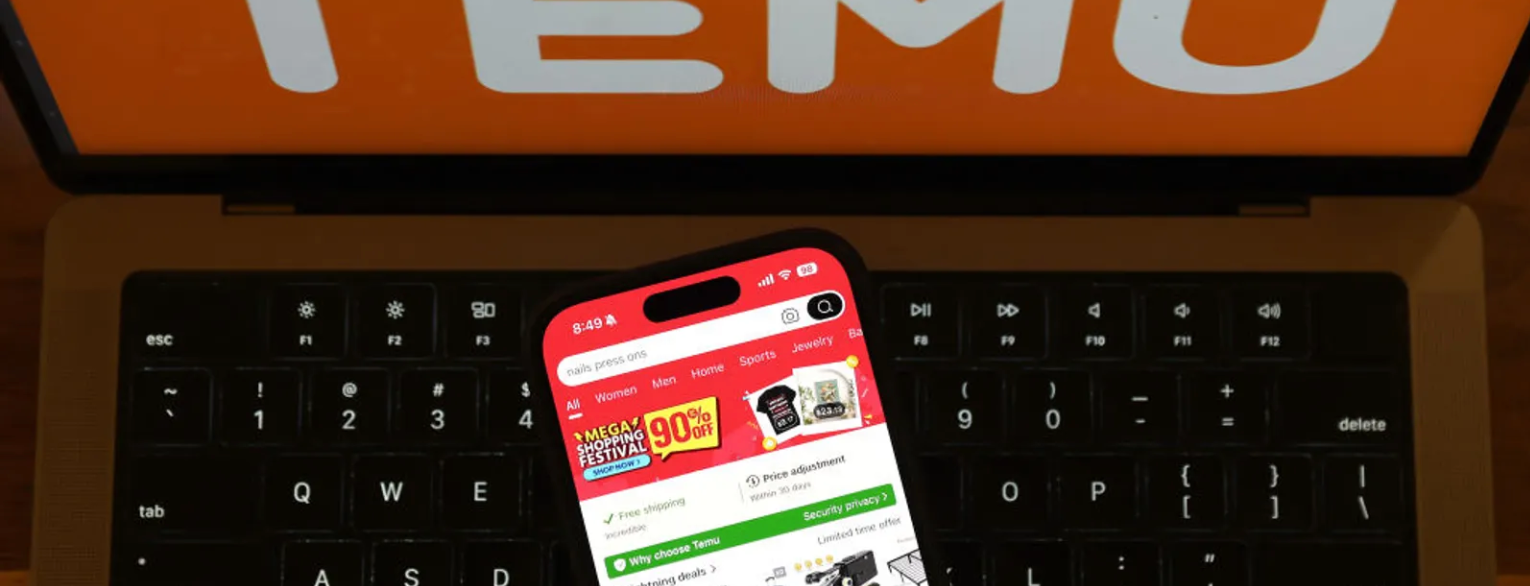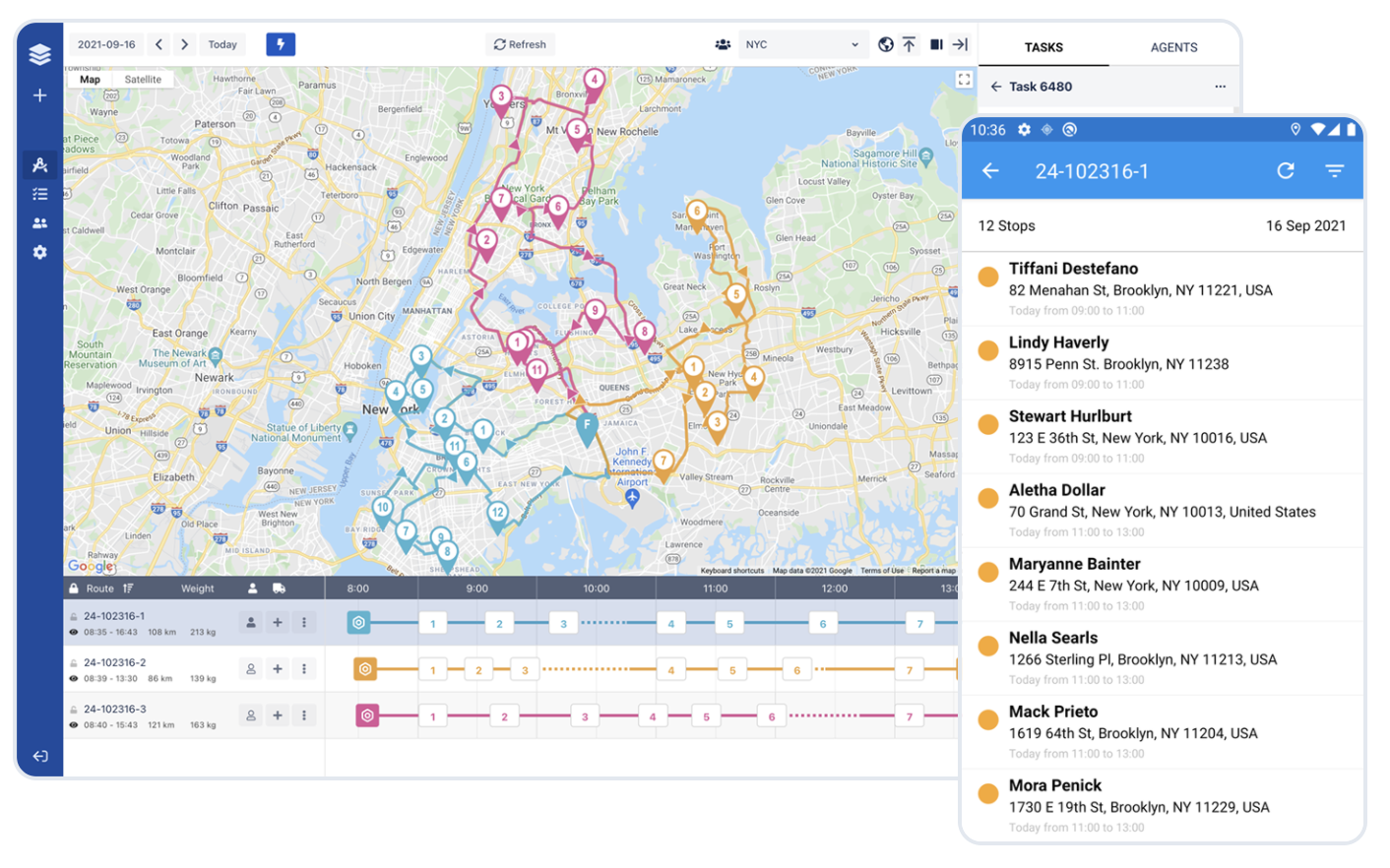Here's your dose of curated tips, news, and know-how about last-mile delivery, route optimization, and e-commerce. 🚚
Enjoy!

Ufleet @ Future Unicorns Accelerator in SF, California
In April and May, part of our team participated in the 10th edition of the Future Unicorns Accelerator program in San Francisco, California. It was a powerful, enriching, and fulfilling experience.
We met amazing people and gained tons of knowledge. We also had the opportunity to pitch at Sequoia Capital, which was impressive! Being part of this year's Future Unicorns Accelerator cohort was an honor!

How Poor Delivery Experience Damages Brand Reputation
Shoppers don’t see fulfillment partners, shipping APIs, or third-party carriers. They see your brand. When delivery fails, they blame you, even when you outsource deliveries to 3PL.
And what happens eventually is that shoppers disengage. This shows up in measurable ways:
- lower repeat purchase rates
- not returning for a second purchase at all (According to Convey, 33% of consumers will stop buying from a retailer after just one poor delivery experience!)
- negative reviews
- higher acquisition costs to replace lost customers
Even if your product quality is exceptional and your customer service is responsive, a single poor delivery experience can outweigh all of that. The margin of error in last-mile logistics is small, but the consequences are long-term. For more information, check out this post.

Free Shipping vs Flat Rate: Which Converts Better?
Large platforms like Amazon have normalized “free” as the default, making any costs for shipping feel disappointing and frustrating for the customer.
But here’s the problem: free shipping isn’t free for you. Every “free” delivery costs somewhere between $6–$12 on average for standard packages in the U.S., depending on weight, distance, and carrier. Free shipping is indeed a conversion booster, but you need to offset it elsewhere, otherwise, you're losing margin.
Flat rate, on the other hand, offers simplicity: customers know what to expect, and you can maintain tighter control over margins. However, a flat rate doesn’t spark the same psychological urgency or satisfaction as "free". In fact, it often needs to be justified contextually through product value, fast delivery, or brand experience.
So which strategy is better? The short answer is "It depends". For more details, check out this blog post.

5 Game-Changing Benefits of Route Optimization Software
With rising fuel costs and increasing customer demands for speed and transparency, businesses often need to reconsider their delivery process and introduce route optimization technology.
If you still haven't, you might wonder what you'll gain from it so here's a glimpse: Route optimization software significantly improves the bottom line by:
- reducing costs
- improving efficiency
- enhancing customer satisfaction
- increasing driver satisfaction
- lowering carbon emissions
Understanding these benefits could be the key to unlocking greater performance and enhanced customer satisfaction. Learn more in the article.
P.S. To make the most of route optimization software, you also need to choose the right solution for your business. The right technology not only introduces operational benefits but also serves as a key competitive differentiator.

How lower China tariffs will affect direct-to-consumer imports
According to Supply Chain Dive, "Temporarily reduced duties likely won’t be enough to stop ongoing shifts among de minimis-reliant supply chains."
"A reduction in U.S. tariffs on China-made goods has generated optimism among direct-to-consumer shippers, but there’s still plenty of work ahead for their supply chains to adjust to evolving trade rules." For more information, check out this article.
Aww, you've stayed with us til the end!
How was it? Let us know by tapping the 👍 or 👎 below.
It will only take 3 seconds! Curating and creating this content took our team hours and we'd love to know if we should keep going.
Thanks! ❤️

Never miss a post
You may also like…
You too can reduce costs and improve efficiency with Ufleet
- plan and optimize delivery routes
- manage and empower drivers
- enhance customer experience
- make data-driven business decisions
We’d love to learn about your challenges.
Leave your email and we’ll get back to you.

